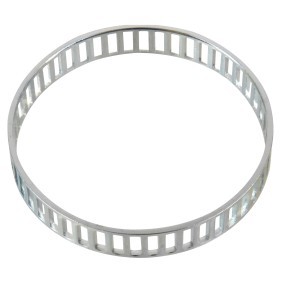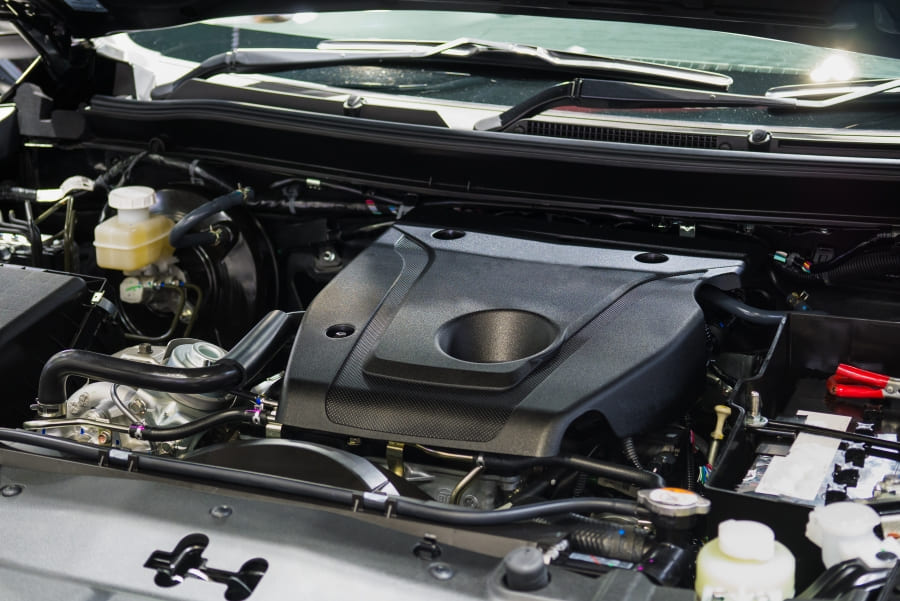
RSC (roll stability control) is a rollover mitigation system. It is installed on Ford, Land Rover, Lincoln, and Volvo cars, mostly on SUVs and crossovers. It first appeared in 2002. This system is a major part of active safety systems and is closely coupled with a stability control system. It helps to prevent road accidents by stabilising the vehicle during dynamic driving.
How RSC works
Using gyroscopic sensors, RSC tracks the angle and speed of the car’s body roll. If the angle is deemed to be dangerous, the stability control system is engaged. Using ABS mechanisms, it slows down the corresponding wheel. In addition, the engine torque is limited. This helps to reduce the centrifugal force acting on the vehicle so that it can regain its position on the road. This system increases safety when driving around obstacles and performing sharp turns.
Popular cars equipped with RSC
- Lincoln Aviator UN152, Navigator U326;
- Ford Explorer III, Escape I, II, Edge Mk2, Kuga Mk2.
- Volvo XC90 I, V90 II, XC60 I;
- Land Rover Discovery 4, Freelander 2;
- Mazda CX-9 TB.

Common reasons for malfunction
- Incorrect readings from body position, yaw, and ABS sensors.
- Failure of ABS hydraulic unit solenoids because of damage to the coil winding.


















Comment